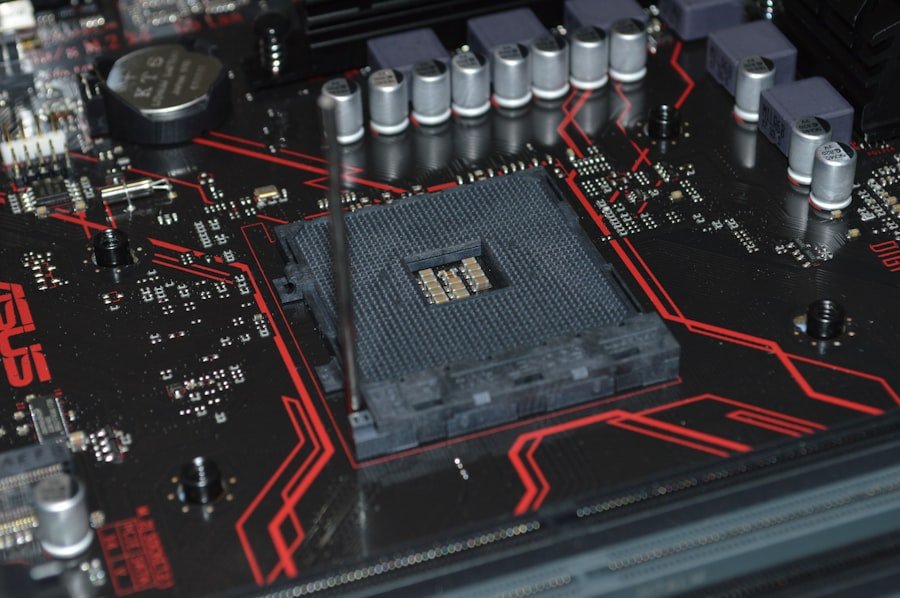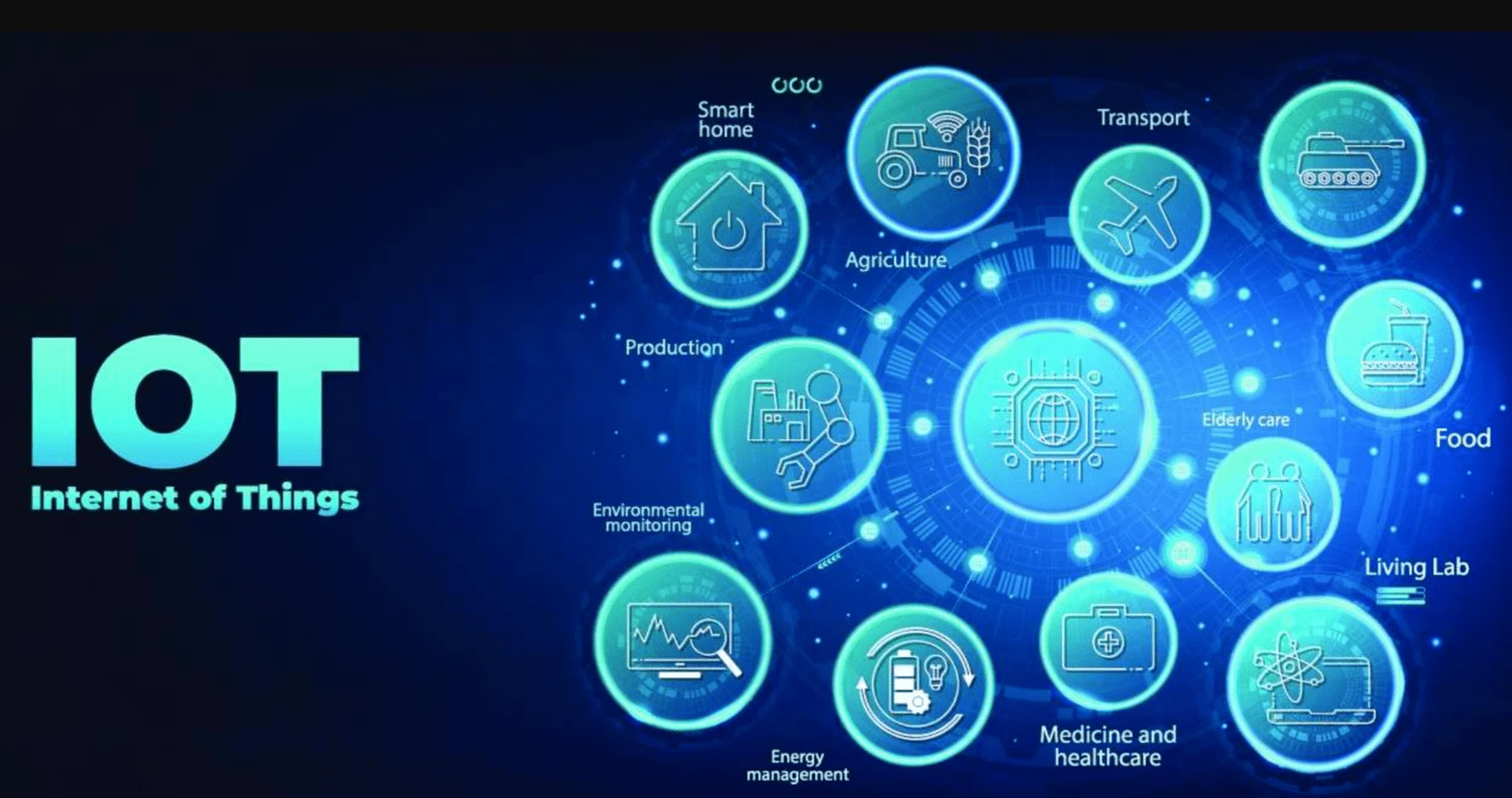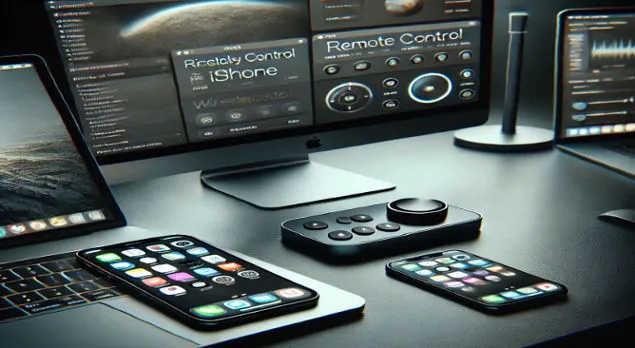In the realm of wireless communication, two technologies have emerged as pivotal players: Wi-Fi and Li-Fi. Wi-Fi, which stands for Wireless Fidelity, has become a household name, enabling users to connect to the internet without the constraints of physical cables. It operates using radio waves, allowing devices to communicate over short distances.
The technology has evolved significantly since its inception in the late 1990s, with advancements leading to faster speeds and greater reliability. Wi-Fi is now ubiquitous in homes, offices, and public spaces, providing a convenient means of accessing the internet. On the other hand, Li-Fi, or Light Fidelity, is a relatively new entrant in the wireless communication landscape.
Developed by Professor Harald Haas in 2011, Li-Fi utilizes visible light from LED bulbs to transmit data. This innovative approach leverages the modulation of light intensity to encode information, offering a unique alternative to traditional radio frequency-based communication. While still in its nascent stages compared to Wi-Fi, Li-Fi promises to revolutionize how we think about wireless connectivity, particularly in environments where radio frequency communication may be limited or undesirable.
Speed comparison between Li-Fi and Wi-Fi
When it comes to speed, Li-Fi has garnered significant attention for its potential to outperform Wi-Fi dramatically. The theoretical maximum speed of Li-Fi can reach up to 10 Gbps (gigabits per second), a staggering figure that eclipses the capabilities of even the most advanced Wi-Fi standards available today. For instance, Wi-Fi 6, the latest iteration of Wi-Fi technology, offers maximum speeds of around 9.6 Gbps under optimal conditions.
However, these speeds are often not achievable in real-world scenarios due to various factors such as interference and network congestion. In practical applications, Li-Fi has demonstrated impressive performance in controlled environments. Experiments have shown that Li-Fi can achieve data transmission rates exceeding 1 Gbps in typical indoor settings.
This remarkable speed is particularly advantageous for applications requiring high bandwidth, such as streaming high-definition video or transferring large files quickly. In contrast, while Wi-Fi continues to improve and adapt to user demands, it often struggles with speed consistency in crowded areas or when multiple devices are connected simultaneously.
Factors affecting the speed of Li-Fi and Wi-Fi

The speed of both Li-Fi and Wi-Fi is influenced by a variety of factors that can either enhance or hinder performance. For Li-Fi, one of the primary determinants is the quality and type of light source used for transmission. LED lights are commonly employed due to their ability to modulate light intensity rapidly.
However, the distance between the light source and the receiving device plays a crucial role; greater distances can lead to signal degradation and reduced speeds. Additionally, obstacles such as walls or furniture can obstruct the light path, further impacting performance. Wi-Fi speed is similarly affected by environmental conditions.
The frequency band used for transmission plays a significant role; for example, 2.4 GHz Wi-Fi networks offer broader coverage but are more susceptible to interference from other devices like microwaves and Bluetooth gadgets. Conversely, 5 GHz networks provide faster speeds but have a shorter range. Network congestion is another critical factor; as more devices connect to a single access point, bandwidth is divided among users, leading to slower speeds for each individual device.
Furthermore, physical barriers such as walls and floors can attenuate radio signals, further complicating speed consistency.
Advantages and disadvantages of Li-Fi and Wi-Fi
Both Li-Fi and Wi-Fi come with their own sets of advantages and disadvantages that influence their applicability in various scenarios. One of the most significant advantages of Li-Fi is its potential for high-speed data transmission. The ability to utilize existing lighting infrastructure means that Li-Fi can be deployed in environments where traditional wireless signals may struggle to penetrate effectively.
Additionally, because Li-Fi uses light rather than radio waves, it is less prone to interference from other electronic devices, making it an attractive option for environments like hospitals or aircraft where radio frequency communication may be restricted. However, Li-Fi also has notable limitations. Its reliance on line-of-sight communication means that any obstruction between the light source and the receiver can disrupt connectivity.
This characteristic makes it less suitable for mobile applications where users frequently move between different light sources or where physical barriers are prevalent. Furthermore, while Li-Fi can operate in environments with high electromagnetic interference, it cannot penetrate walls or other solid objects, limiting its range compared to Wi-Fi. Wi-Fi’s primary advantage lies in its versatility and widespread adoption.
It can easily penetrate walls and other obstacles, providing coverage over larger areas without requiring direct line-of-sight between devices. This flexibility makes Wi-Fi ideal for home and office environments where users expect seamless connectivity across multiple rooms. Additionally, Wi-Fi technology has matured over the years, resulting in robust security protocols and compatibility with a wide range of devices.
Nevertheless, Wi-Fi is not without its drawbacks. The susceptibility to interference from other electronic devices can lead to inconsistent speeds and connectivity issues in crowded environments. Moreover, as more devices connect to a single network, bandwidth becomes increasingly strained, resulting in slower speeds for individual users.
The reliance on radio frequencies also raises concerns about potential health effects from prolonged exposure to electromagnetic radiation.
Applications of Li-Fi and Wi-Fi
The applications of Li-Fi and Wi-Fi are diverse and continue to expand as technology evolves. Wi-Fi has established itself as the backbone of modern internet connectivity across various sectors. In homes, it enables seamless streaming of content on smart TVs and facilitates remote work through laptops and tablets.
In educational institutions, Wi-Fi supports online learning platforms and collaborative tools that enhance student engagement. Public spaces such as cafes and airports have also adopted Wi-Fi networks to provide patrons with internet access while they work or socialize. Li-Fi’s applications are emerging primarily in environments where traditional wireless communication faces challenges.
For instance, in hospitals, where radio frequency signals can interfere with sensitive medical equipment, Li-Fi offers a viable alternative for data transmission without compromising patient safety. Similarly, in industrial settings where machinery may obstruct radio signals, Li-Fi can facilitate real-time monitoring and control without the risk of interference. Additionally, smart lighting systems that incorporate Li-Fi technology can enhance energy efficiency while providing high-speed internet access.
Future prospects of Li-Fi and Wi-Fi technology

The future prospects for both Li-Fi and Wi-Fi technology are promising as advancements continue to unfold. For Wi-Fi, ongoing developments aim to enhance speed, capacity, and security features. The introduction of Wi-Fi 7 is anticipated to bring even faster speeds and improved performance in congested environments by utilizing advanced technologies such as multi-link operation and enhanced modulation techniques.
As more devices become interconnected through the Internet of Things (IoT), the demand for robust Wi-Fi networks will only increase. Li-Fi’s future appears equally bright as researchers explore new applications and improvements in technology. The integration of Li-Fi with existing lighting infrastructure presents opportunities for smart cities where streetlights could provide high-speed internet access while illuminating public spaces efficiently.
Furthermore, advancements in modulation techniques may enable Li-Fi systems to achieve even higher data rates over longer distances. As industries recognize the potential benefits of Li-Fi in specific applications, investment in research and development will likely accelerate its adoption.
Security concerns of Li-Fi and Wi-Fi
Security remains a critical consideration for both Li-Fi and Wi-Fi technologies as they facilitate data transmission across various platforms. Wi-Fi networks have long been susceptible to security threats such as unauthorized access through weak passwords or outdated encryption protocols. Despite advancements in security measures like WPA3 encryption, vulnerabilities still exist that can be exploited by malicious actors seeking to intercept data or gain unauthorized access to networks.
Li-Fi presents a unique set of security challenges due to its reliance on visible light for data transmission. While the confined nature of light signals makes it difficult for external parties to intercept data without being within line-of-sight range, this does not eliminate all security risks. For instance, if an attacker gains access to a room with a Li-Fi-enabled device, they could potentially intercept sensitive information being transmitted through the light signal.
Additionally, ensuring secure authentication methods for devices connecting via Li-Fi remains an area requiring further exploration.
Which technology is faster – Li-Fi or Wi-Fi?
In comparing the speed capabilities of Li-Fi and Wi-Fi technologies, it becomes evident that Li-Fi holds a significant advantage under optimal conditions due to its potential for ultra-high-speed data transmission through visible light modulation. However, real-world applications reveal that both technologies have their strengths and weaknesses influenced by environmental factors and specific use cases. While Li-Fi may excel in controlled environments with direct line-of-sight communication, Wi-Fi continues to dominate due to its versatility and widespread adoption across various sectors.
As both technologies evolve, their respective roles in shaping the future of wireless communication will likely become more defined. The choice between Li-Fi and Wi-Fi will ultimately depend on specific requirements such as speed needs, environmental conditions, and security considerations. As we move forward into an increasingly connected world, understanding these technologies’ nuances will be essential for optimizing our digital experiences.
FAQs
What is Li-Fi technology?
Li-Fi technology is a wireless communication technology that uses light to transmit data. It uses LED light bulbs to transmit data by modulating the light at a very high speed, which is then received by a photo-detector and converted back into electrical signals.
What is Wi-Fi technology?
Wi-Fi technology is a wireless communication technology that uses radio waves to transmit data. It allows electronic devices to connect to a wireless local area network (WLAN) using a router, which provides internet access to the connected devices.
Which technology is faster, Li-Fi or Wi-Fi?
Li-Fi technology has the potential to be much faster than Wi-Fi. Li-Fi has been tested to achieve speeds of up to 224 gigabits per second (Gbps), whereas the current Wi-Fi technology can achieve speeds of up to 9.6 Gbps.
What are the advantages of Li-Fi over Wi-Fi?
Some advantages of Li-Fi over Wi-Fi include potentially faster data transmission speeds, greater security due to the limited range of light, and the ability to function in areas where radio frequency interference is an issue, such as in hospitals and aircraft cabins.
What are the limitations of Li-Fi compared to Wi-Fi?
Some limitations of Li-Fi compared to Wi-Fi include the need for a direct line of sight between the light source and the receiving device, the inability to penetrate walls or opaque obstacles, and the higher cost of implementing Li-Fi infrastructure.
I’m a blogger and SEO executive with 3+ years of practical experience in content creation, on-page SEO, and link building. I manage a network of 25+ active blogs that I use to support ethical and relevant link placements. My focus is on creating quality content and link building strategies that provide you with practical, useful information while helping websites grow sustainably in search rankings.



